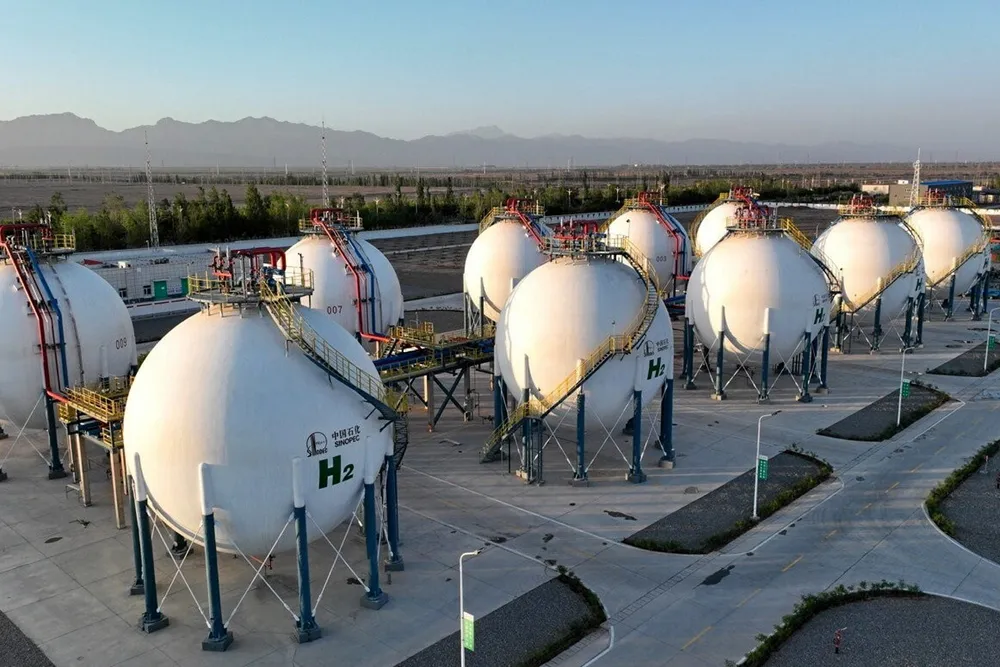Green hydrogen projects are not seeing final investment decisions 'due to a lack of profitability': study
Fossil fuels are still the cheaper option in almost all use cases, report finds

Fossil fuels are still the cheaper option in almost all use cases, report finds
